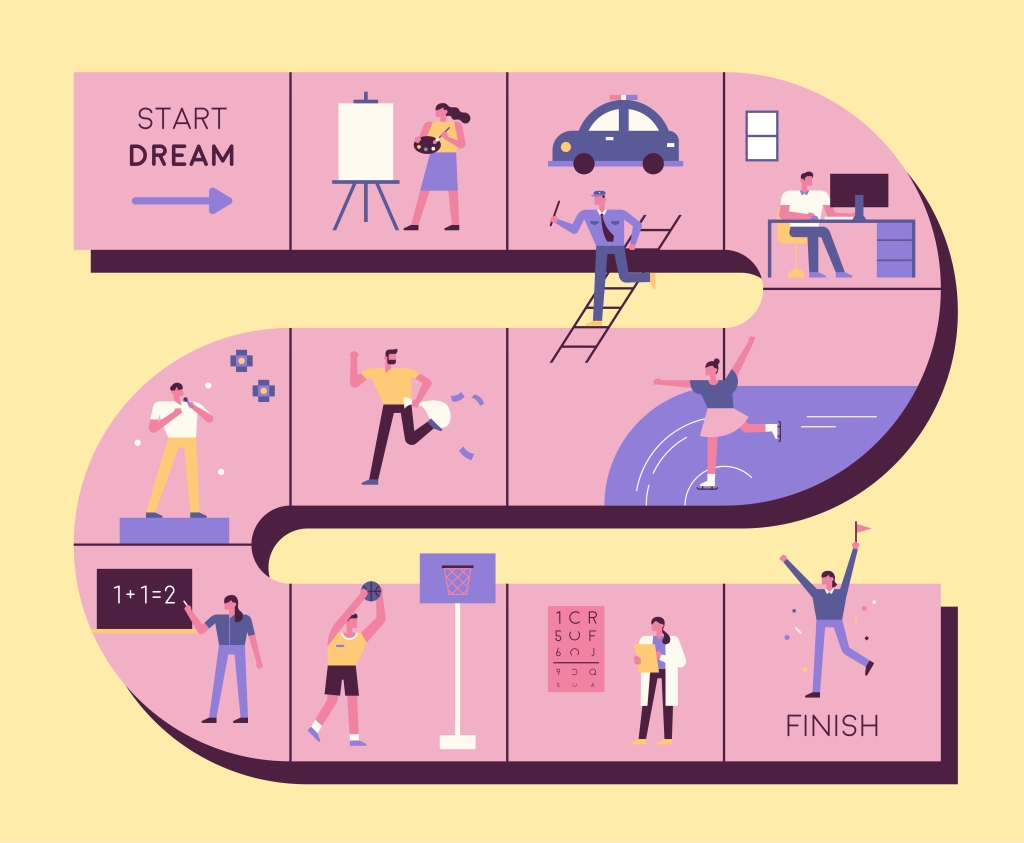You must have heard the phrase: learn by playing. This is not just a saying, but it actually works, as games help in the production of dopamine in the brain that stimulates attention and induces learning.
And with the revolutionized gaming industry, even educators can learn a lot and apply the strategies to make the teaching effective. But before dwelling on that subject, one must understand the elements that create effective learning games.
So, without wasting time, let’s know more about them.
- A well-crafted story
Who doesn’t love a good story? People live for stories. And when a story is introduced in the game, it helps the player feel more immersed in the game. It provides them a meaning, and they understand what is needed from them. And most importantly, the learning aspects become far easier than including just a handful of facts.
While doing so, the developer must take care of 4 areas: character, plot, conflict, and resolution. Yes, a gaming story does demand a lot of creative thinking, but it is certainly worth the effort.

- Great visuals
Just like a story, even the aesthetics pull people towards the game. One has seen the immersive experience it creates for the gamers in games like PubG, but it is equally important in learning games. Statistics suggest that visuals increase the willingness to read by 80 percent and comprehension by 95 percent. Also, kids follow directions better with visuals than just text.
In fact, Quodeck can help you design your gaming platform to create interactive experiences for the learners so that they engage with it easily.

- Interactive gameplay
Players are usually the actors in a game. And hence, it is essential to keep them involved to stimulate maximum learning. It is best to keep passive activities at the minimum and to make the game as interactive as possible.
For instance, a traditional technique usually involves making the learner watch a video and understand what was done correctly and incorrectly. But in the case of interactive gaming, the learner will walk through the particular scenario and decide what should be done.
Infact, there are several ways in which games can be made interactive. These include role-plays, puzzles, competitions, etc.

- Challenge the learner
It is also essential to keep the learner engaged in the game, and the best way to do that is by challenging them from time to time. But it is necessary to keep the challenges balanced. Challenges that are too complex will make them feel frustrated, and they may lose interest. Hence, it is good to start with simple requirements and test the learner at various stages to ensure that the right level is set.

- Introduce a Reward
Learning in students is often enhanced when linked to some reward that they win through the game. One approach to reward can be when they complete cumbersome or menial tasks. Also, the reward should be linked to performance, rather than mere competition. In this way, the learners will be encouraged to give their best, and by doing this, they will even start learning better.

In the end
To summarise, each of the above-mentioned gaming elements motivates the players and stimulates learning in them in a playful manner. It is now high time that educators work in collaboration with the designers to make learning easy and fun.
And of course, with the presence of multiple gaming elements, it is difficult to decide a perfect fit. But with constant testing and tweaking, it is possible to create a successful learning game.


Nice content and thanks for sharing its impacts too.
LikeLike